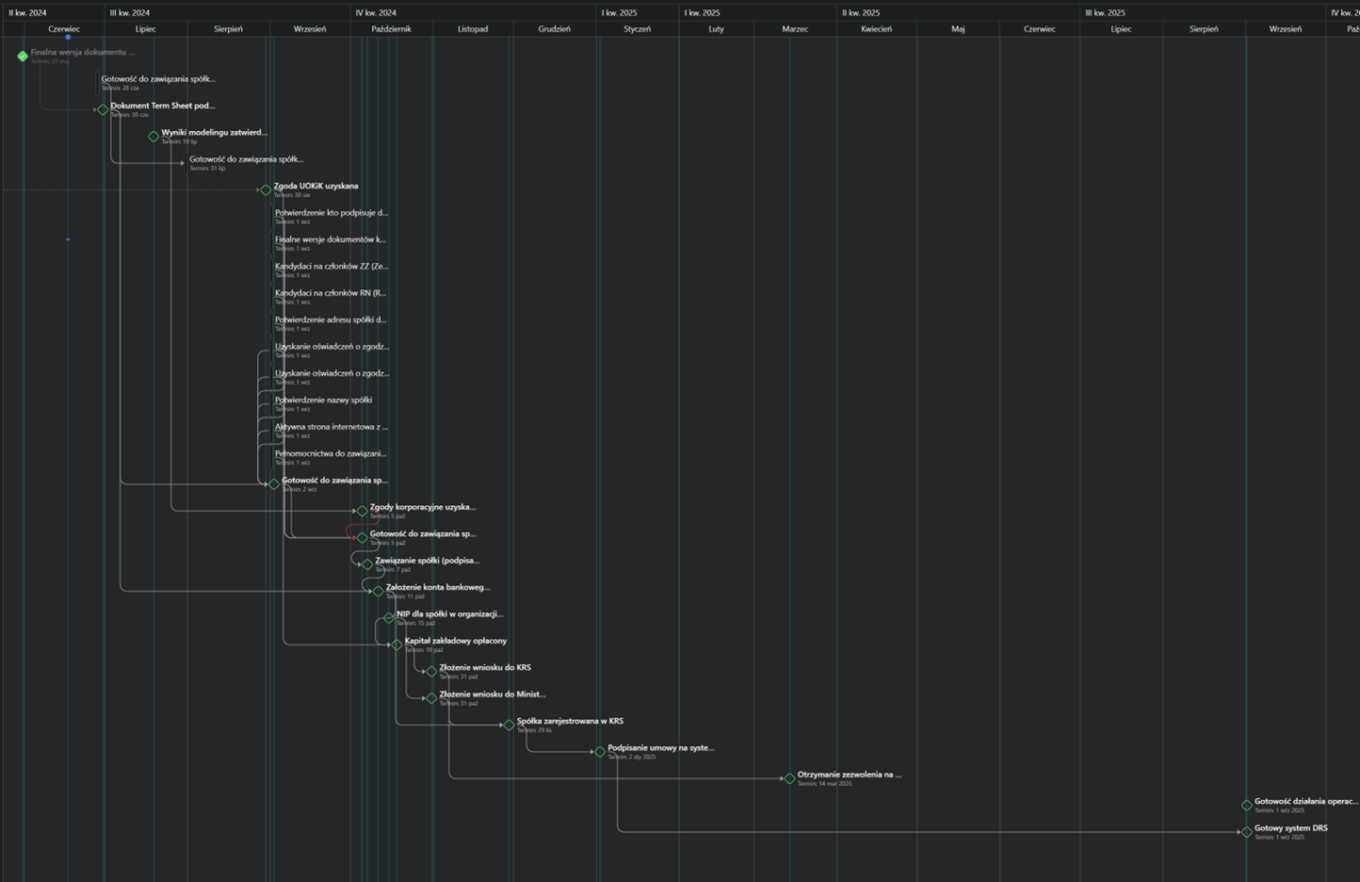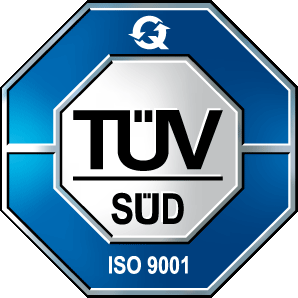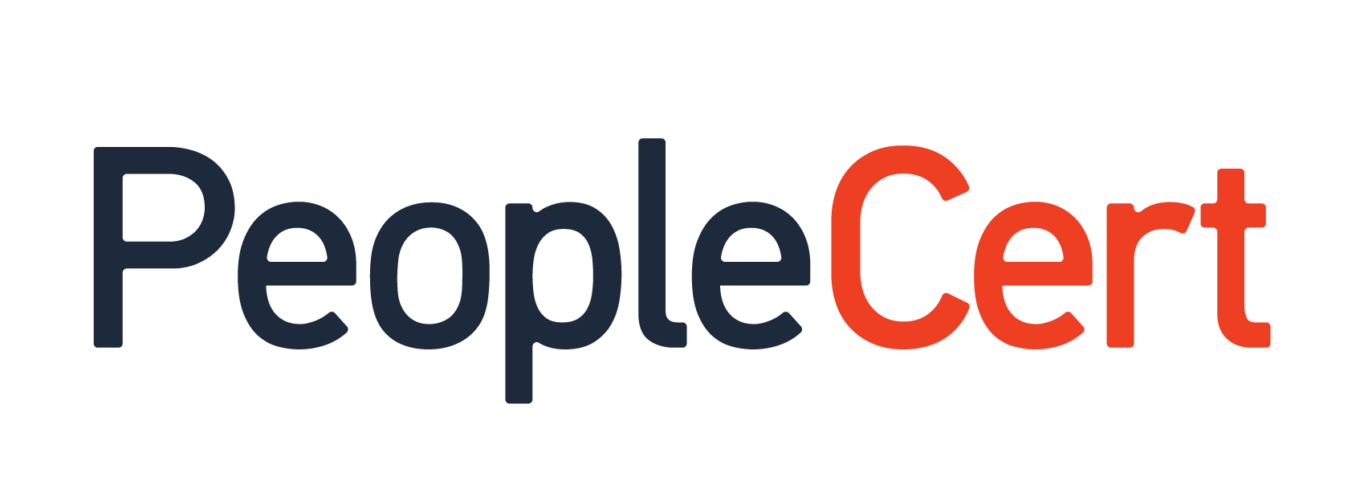About project
- Industry: FMCG/beverages
- Size: 12 companies involved
- Number of Asana users: 120
- Asana License Plan: Advanced
Situation
The project to establish the Deposit Operator company fully commenced at the end of 2023, involving 12 entities from the beverage industry.
In connection with the Act of 13 July 2023 amending the Act on the management of packaging and packaging waste issued by the Ministry of Climate and Environment, a deposit system was to be launched in Poland from 1 January 2025. The basis for the introduction of the deposit system in Poland was Directive 2019/904 of the European Parliament and of the Council of the European Union on reducing the impact of certain plastic products on the environment (the so-called SUP Directive). It obliges Member States to ensure separate collection for recycling purposes.
Operating such a system required the creation of a Deposit Operator on the market, the aim of which was to create aneffective packaging return and recycling system, which is in line with EU and national regulations on the circular economy. The system will cover the return of PET bottles, aluminum cans and glass packaging.
Decision
The operation of establishing a new company required a high level of cooperation and coordination of activities at the legal, tax, financial and logistical levels from the competitors.
Due to the very wide scope of activities, the companies decided to hire pmexperts to manage the project and help with the implementation of Asana. The period of cooperation activities carried out lasted from December 2023 to July 2024.
Asana was chosen as the recommended tool due to its simplicity of implementing it in a short time, while having all the necessary functions.
Key functions of the project management system for Deposit Operator companies:
- Project and task management
- Creating teams
- Permissions management
- Data safety
- Ease of implementation
- Intuitive system
- Ability to add a task to multiple projects at the same time
- Milestones
- Ability to add guests
- Project status
- Critical path
- Project preview in timeline, Gantt and list view
Want to see for yourself if Asana is the right tool for your organization?Try it now for free for 14 days. We'll help you launch your company's Asana environment and optimize your work environment.
Implementation process
Stage 1: Audit and implementation of design changes
The project to create a Deposit Operator before pmexperts joined already had basic project management - participants were divided into thematic teams, had regular meetings, selected decision-makers and a preliminary action schedule was developed. However, these activities had a lot of room for optimization. The pmexperts team started the project with onboarding and familiarization with extensive project documentation. The first proactive step taken by pmexperts was to organize a stationary JPS planning session. Such a meeting helped to create a more detailed and realistic schedule and also allowed to bring the project stakeholders closer together.
The discussion also resulted in restructuring the teams, which better corresponded to the realities and needs related to the project goals. Additionally, communication was improved by unifying meeting dates, cohering the communication tools used, conducting meetings in accordance with the previously prepared agenda and writing down notes from each joint conversation.

Step 2: Preparing the Asana environment for project members
The classic Asana environment is set up on a specific domain (or domains) associated with the organization working in this ecosystem. Only employees with email in this connected domain (domains) can join it. Only one environment can be created for each domain.
Due to the non-standard form of the project, involving employees of companies with different domains, it was necessary to develop an alternative solution. The first proposed option was to create a so-called workspace. Such an environment differs from a classic ecosystem in that users with accounts in any domain can join it. However, this is associated with a limitation of the package of available functions (including no guest access or the ability to create teams). This solution, however, would significantly complicate work in the system.
An alternative option came to the rescue. For the companies' employees, a new domain was created along with emails, on which Asana was set. In this way, selected people could gain access to the licenses (30 licenses), while other users joined the system as guests.
After selecting the preferred form of environment, implementation work began with creating a team structure. 12 teams were created in Asana – one for each work group + one for the internal pmexperts team + one for all project members. Each team had one project covering only the activities of that particular work group. These tasks were automatically collected in a common project “Schedule”, which was a list of all activities undertaken (or to be undertaken) within the Operator's project. Selected teams had additional projects depending on needs (e.g. “Modeling” Project for the financial and operational groups focusing on acquiring a supplier and implementing modeling-related activities).
In addition, a “Risk Register” project was organized in Asana, in which the main project risks that changed over time were updated. The built-incritical path function also proved crucial, which, thanks to the built-in connections between tasks, allowed for project planning with significantly greater precision.
Pmexperts also created a portfolio, which gathered projects from all working groups. From this view, the status of each project area, as well as the delays associated with them were simultaneously visible. In this way, each project member had a quick overview of the activities being carried out in parallel.
The Asana environment was prepared by pmexperts with substantive assistance from project participants. The key to effective implementation wasconstant communication and building trust in Asana, through constant familiarization of company members with it.
Stage 3: Onboarding and Asana User Training
Proper employee engagement in the system was key to maintaining order in Asana, which had approximately 120 employees. After preparing finished projects and filling them with data, access was granted to both licensed members and those with guest status. Along with the access sent, they received instructional materials, along with an explanation of the use of individual projects.
Next, 3 briefings were scheduled with the project members, during which our Asana Consultant presented the key functions of the system and answered questions. Thanks to this, all project members gained a higher level of understanding of the processes and activity in the system, which resulted in an increase in the number of tasks from 28 to 307 within three months.
In addition to training and onboarding materials, pmexperts constantly answered technical questions from project members and monitored key stakeholder activity in Asana through the built-in admin console.
Results of the work
Initially, the extremely complicated project environment of creating a Deposit Operator required constant supervision of documentation and intensive communication with project members. Tasks appearing at meetings first landed in notes, then were transferred to an Excel file. Only then were they sent as a summary to the meeting, often getting lost in the crowd of other tasks assigned to other working groups.
Asana helped streamline the process by moving the project schedule into one central location. It also simplified communication, which now took place in task comments instead of scattered messages.
The project itself also gained momentum, allowing for the achievement of key milestones such as: “Concentration application submitted to the Office of Competition and Consumer Protection”, “signing of a modelling agreement” and “UOKiK consent obtained”.
Thinking about implementing a project management system in your organization? Learn more on our Asana page!











